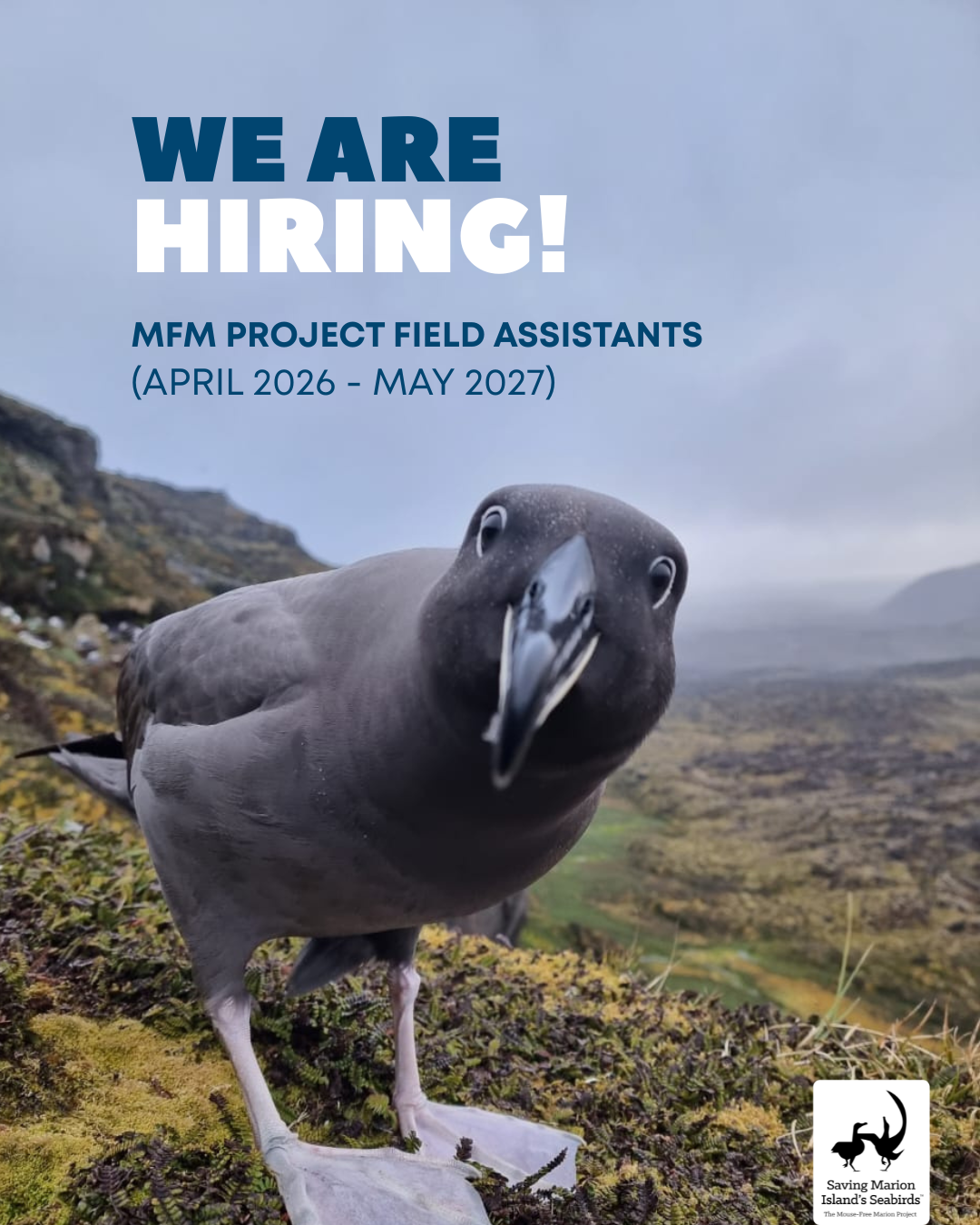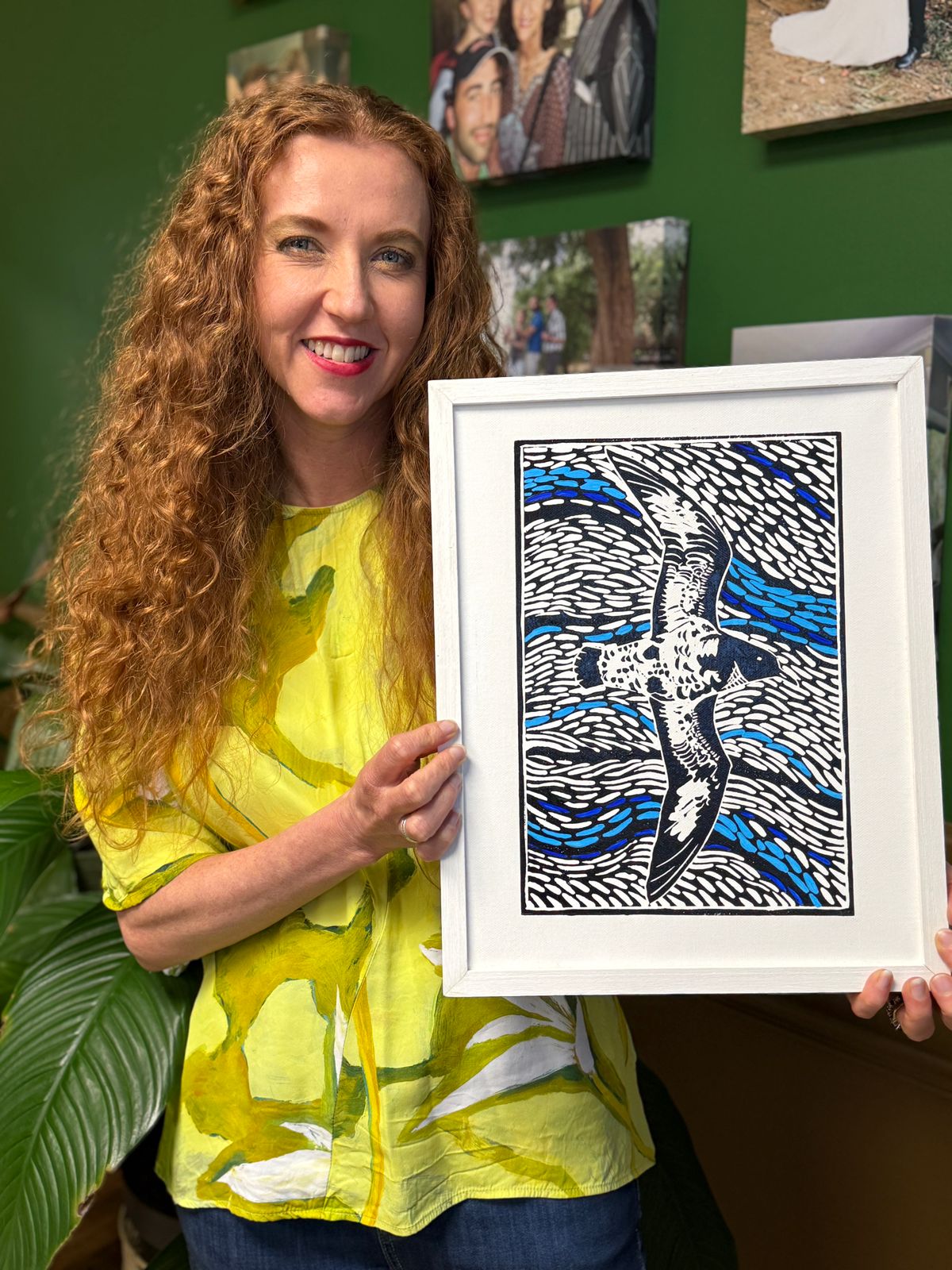PROJECT ENDORSEMENTS

“The ongoing restoration of Marion Island is not only a high priority for seabird communities in the southern Indian Ocean, but also a potentially significant global milestone in the conservation of threatened island biodiversity”

“Nature is in crisis. After habitat loss, the impacts of invasive non-native species are one of the leading contributors to biodiversity loss globally. This loss is felt most acutely on islands that are epicentres of avian extinctions. I am proud to endorse the Mouse-Free Marion project that aims to restore the fortunes of many millions of seabirds and see the recovery of South Africa’s Marion Island ecosystem. The Royal Society for the Protection of Birds will continue to offer all the support that we can to bring this vital project to fruition and ensure it stands the greatest chance of success. Only with projects of this scale and ambition do we all stand a chance of restoring our natural world for future generations.”

“As a conservation organisation focussed on southern Africa’s threatened seabirds, SANCCOB is entirely supportive of the Mouse-Free Marion Project, aimed at eradicating House Mice from Marion Island located in the southern Indian Ocean between South Africa and Antarctica. The eradication plan is an extremely necessary intervention to conserve important seabird populations, including the iconic Wandering Albatross, that are currently impacted by mice. With a strong project team supported by an effective committee, we are confident that the Mouse-Free Marion Project will yield successful results and secure a future for Marion’s seabirds.”

“Globally, seabirds are one of the most threatened groups of vertebrates, with almost half of the approximately 360 seabird species listed as threatened or near threatened with extinction with non-native mammals being one of the leading causes of extinction. Conservation interventions that have removed mammalian predators from islands have been shown to not only be safe, but highly effective in recovering seabird population worldwide. With Marion Island being a globally important breeding colony for more than 2 million seabirds of 28 species, the World Seabird Union strongly supports the Mouse-Free Marion project to aid not only in the recovery of multiple threatened seabird species, but to restore the ecological function of this important island.”

“BirdLife International and her partners have been very committed to the eradication of island pests which threaten birds and biodiversity. The UK’s Gough Island Restoration Programme, which was undertaken by our UK partner, the RSPB, received substantial logistic help from South Africa to attempt to rid that island of its predatory House Mice. Now that South Africa is working towards eradicating Marion Island’s mice, it gives me pleasure to fully endorse and salute BirdLife South Africa’s admirable efforts.”

“I spent my career as a biologist with the British Antarctic Survey studying the seabirds of South Georgia in the South Atlantic. Over many visits I saw the devastating effects of the island’s introduced rodents on the island’s birds. Now South Georgia’s rats and mice have gone and the island’s bird are recovering fast, I look forward to hearing of a similar success on Marion Island with the eradication of its albatross- and petrel-killing mice.”

“The situation on Marion Island is horrific and getting worse. Your urgent help to eradicate the albatross-killing mice via the Mouse-Free Marion Project can prevent the extinction of our iconic Wandering Albatross. The project is a partnership between the Department of Forestry, Fisheries and the Environment and Birdlife South Africa. Please join the hundreds who have already generously donated to our rescue mission. Together, we can stop the killing!”

“I had the privilege of visiting Marion Island in 1983 as a guest of the South African National Antarctic Programme and the University of Cape Town’s FitzPatrick Institute of African Ornithology. Now nearly four decades later I am pleased to offer my support towards the Mouse-Free Marion Project that will help conserve the albatrosses and petrels I love.”

“I heartily endorse the Mouse-Free Marion Project, to restore the natural diversity on the island – and particularly to allow the various species of albatrosses, petrels and prions to build back their numbers in the sanctuary of the island. These are global species which are in great decline, owing to a variety of impacts – over-fishing, victims of by-catch, global warming – but the potentially fatal blow is the destruction of their breeding sanctuaries through invasive species. This project must succeed.”

“As the Leader of ‘Team Rat’ that successfully eradicated Norway Rats and House Mice on South Georgia over five seasons last decade, I am encouraged by a similar effort being planned by South Africa to eradicate the invasive mice of Marion Island. I am convinced that within a year of success signs of recovery will be as apparent as they have been on South Georgia.”






























